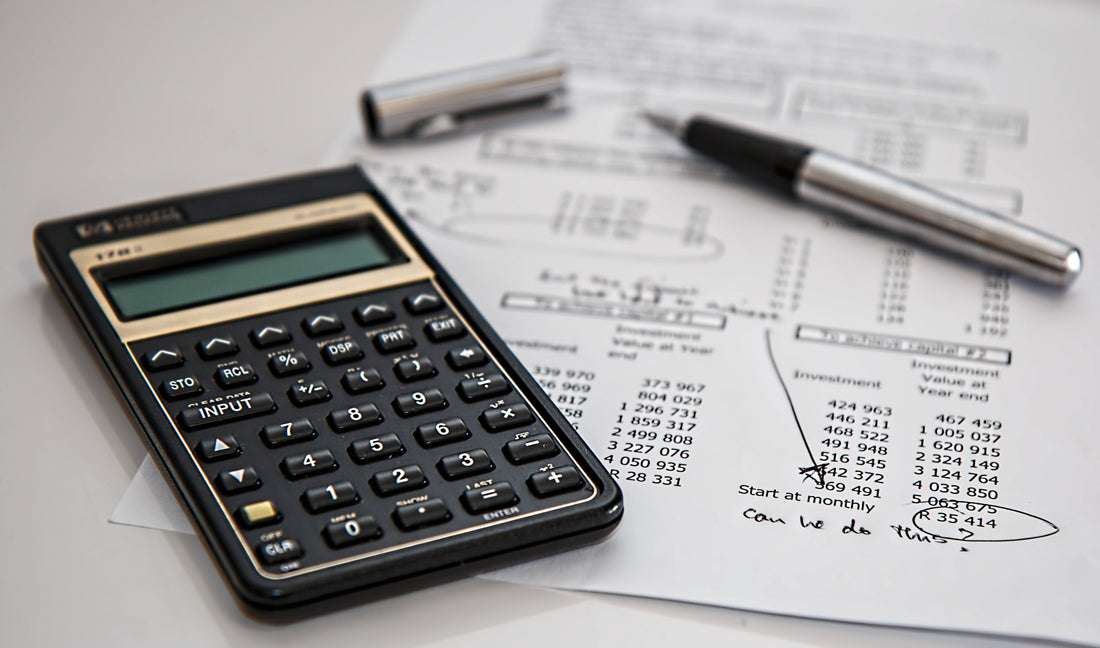Flipping houses can be a lucrative venture, but success hinges on one critical factor: cost management. Without a clear understanding of expenses, profits can quickly disappear. In this guide, we’ll break down the key cost categories, reveal common pitfalls, and share expert strategies to maximize returns on your real estate investments.
Why Are Costs So Important?
House is a real estate investment strategy where an investor purchases a property, makes renovations and improvements, and then sells it for a profit. This approach can be lucrative but also fraught with risks. Understanding the costs associated with house flipping is critical, as cost management often determines whether a project succeeds or fails.
Each cost category can have a significant impact on your overall profitability, making cost awareness essential for anyone looking to flip houses. In particular, the After-Repair Value (ARV) plays a central role in estimating how much profit you can expect to make.
- 5 Common House Flipping Mistakes & How to Avoid Them
- What is the flipping rule in Canada?
- Tax Planning Strategies for Property Flippers
- Understanding Cash Flow: The Key to Successful Real Estate Investment!
The 4 Main Cost Categories in House Flipping

1. Initial Costs
When starting a house flipping project, knowing your initial costs is vital.
Purchase price of the property: This is typically the largest initial expense. It’s crucial to negotiate the best price to maximize your profit margins.
Legal fees (attorney, notary): Engaging professionals to handle legal documents can add to your upfront costs but is necessary for ensuring compliance with local laws.
Realtor commissions (if applicable): If you choose to work with a realtor to find the property, be prepared to account for their commission fees.
Property transfer taxes: Many jurisdictions impose taxes when a property changes hands. These can vary greatly depending on your location.
2. Renovation Costs
After acquiring the property, renovation costs become your most significant consideration.
Budgeting for renovations: Creating a detailed budget is essential to prevent overspending. Allocate funds for each area, such as kitchens, bathrooms, and curb appeal.
Factors that affect repair costs: The property's age, location, and condition heavily influence renovation expenses. Older homes might require more extensive updates to electrical systems or plumbing.
Hard Costs vs Soft Costs in renovation: Hard costs refer to physical construction expenses, while soft costs include architectural fees, permits, and design costs. Understanding both is key to accurate budgeting.
How to find reliable contractors to optimize your budget: Seek recommendations, read reviews, and verify credentials. Getting multiple quotes can help you find quality work within your budget.
3. Holding Costs
While the property is in your possession, ongoing holding costs can accrue.
Mortgage Payments: If you finance your purchase, you need to budget for monthly mortgage payments during the renovation period.
Utilities: Keep in mind ongoing utility expenses such as electricity, water, and gas, which can add up.
Property Taxes: As a property owner, you’ll incur ongoing tax obligations, which may vary based on the property’s assessed value.
Insurance: Obtaining homeowner’s insurance to cover the property during renovations is another expense to factor into your budget.
4. Selling Costs
Once your renovations are complete, selling costs come into play.
Realtor commission fees: If you use a realtor to sell the property, account for their commission, which typically ranges from 5% to 6% of the sale price.
Marketing & advertising expenses: To reach potential buyers, be prepared to invest in marketing, which may include professional photography or online listings.
Legal fees for closing the sale: You may incur legal fees to finalize the sale. Be sure to include these in your overall cost estimates.
How to Accurately Estimate House Flipping Costs

How to Determine After-Repair Value (ARV)
Understanding ARV is crucial for estimating potential profits from your flipping project.
ARV Formula:
Maximum Purchase Price = After Repair Value * 70% – Estimated Repair Costs
To determine ARV, research recent sales of similar properties in the area to gauge the potential selling price.
- How to find accurate comps in your area: Utilize online real estate platforms, consult with realtors, or access local sales data to ensure you're basing your estimates on accurate comparisons.
- Factors that influence ARV: Consider the local market dynamics, property condition, and improvements made during renovations to influence ARV accurately.
Using the BRRRR Strategy for Reinvestment
The BRRRR strategy allows for leveraging capital gained from your first investment to reinvest in additional properties.
- Buy: Purchase undervalued properties.
- Rehab: Complete necessary renovations and updates.
- Rent: Rent out the property to generate income.
- Refinance: Refinance to access the equity built during rehab, ideally at a lower interest rate.
- Repeat: Use the funds from refinancing to invest in additional properties.
This strategy can build a portfolio over time while minimizing financial risk.
Tips to Minimize Risks When Estimating House Flipping Costs
To protect your investment and ensure success, consider the following tips:
- Setting up a budget buffer for unexpected expenses: Financial flexibility is essential. Budget an additional 10-20% of your total estimated costs for unexpected issues.
- Negotiating a better purchase price: Every dollar saved on the purchase price directly increases profit margins, so don’t hesitate to negotiate.
- Choosing the right time to sell for maximum profit: Analyze market trends and seasonal cycles to determine the optimal time to list your property for sale.
Conclusion
Understanding the cost structure related to house flipping is essential for a successful project. The four main categories—initial costs, renovation costs, holding costs, and selling costs—play crucial roles in your overall profitability. Moreover, ARV and thorough market analysis are vital for ensuring your investment generates the expected returns.
For investors looking to flip houses profitably, the next steps include conducting proper research and assembling a reliable team. With careful planning and consideration, house flipping can lead to significant financial rewards.




